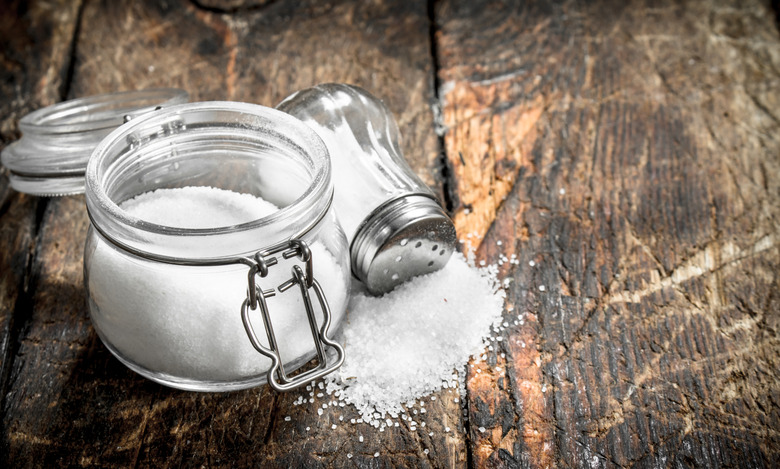What Is An Ionic Bond?
When two atoms combine, they form a compound or molecule in a chemical bond, which links them together. This bond can be ionic or covalent. In an ionic bond, one atom donates an electron to the other to stabilize it. In a covalent bond, the atoms are shared by the electrons.
What Is an Ionic Bond in Chemistry?
What Is an Ionic Bond in Chemistry?
In the chemistry world, an ionic bond is made from atoms with different electronegativity values. It is considered a polar bond if the attraction is between two oppositely charged ions. This works much in the same way as magnets that attract each other. If two atoms have different electronegativity values, they will make an ionic bond.
The combination of sodium (Na) and chloride (Cl) forms NaCl or common table salt, and this is an example of an ionic bond. Sulfuric acid is also an ionic bond, combining hydrogen and sulfur oxide, and it is written as H2SO4.
Which Type of Bond Is Stronger?
Which Type of Bond Is Stronger?
Ionic bonds take more energy to break than covalent bonds, so ionic bonds are stronger. The amount of energy needed to break a bond is known as bond dissociation energy, which is basically the force it takes to break bonds of any type.
Electrical Conductivity and Ionic Bonds
Electrical Conductivity and Ionic Bonds
Ionic bonds or compounds form when two or more ions have strong electrostatic interactions between them. This means that the ionic bonds or compounds result in much higher melting points and also have much higher electrical conductivity when you compare them to covalent bonds.
To form an ion, a metal loses electrons and a non-metal gains the electrons to form very large lattices or a large structure of atoms that are together in one three-dimensional formation. Lattices have oppositely charged ions that are attracted to each other, like magnets with opposite forces, making them a very strong ionic bond.
How to Tell if a Bond Is Ionic or Covalent?
How to Tell if a Bond Is Ionic or Covalent?
An ionic bond forms between a nonmetal and a metal in which the nonmetal attracts the electron from the other atom. Ionic bonds are high in polarity, have no definite shape and have high melting and boiling points. At room temperature, an ionic bond is a solid. An ionic compound tends to dissociate into ions when it is placed in water.
On the other hand, covalent bonds form between two nonmetals that have similar electronegativities, and the atoms share electrons. Covalent bonds are low in polarity, have a definite shape and have low melting and boiling points. At room temperature, a covalent bond is in a liquid or gas state. A covalent bond may dissolve in water, although it does not dissociate into ions.
Cite This Article
MLA
Lougee, Mary. "What Is An Ionic Bond?" sciencing.com, https://www.sciencing.com/what-is-an-ionic-bond-13712455/. 21 May 2018.
APA
Lougee, Mary. (2018, May 21). What Is An Ionic Bond?. sciencing.com. Retrieved from https://www.sciencing.com/what-is-an-ionic-bond-13712455/
Chicago
Lougee, Mary. What Is An Ionic Bond? last modified August 30, 2022. https://www.sciencing.com/what-is-an-ionic-bond-13712455/
